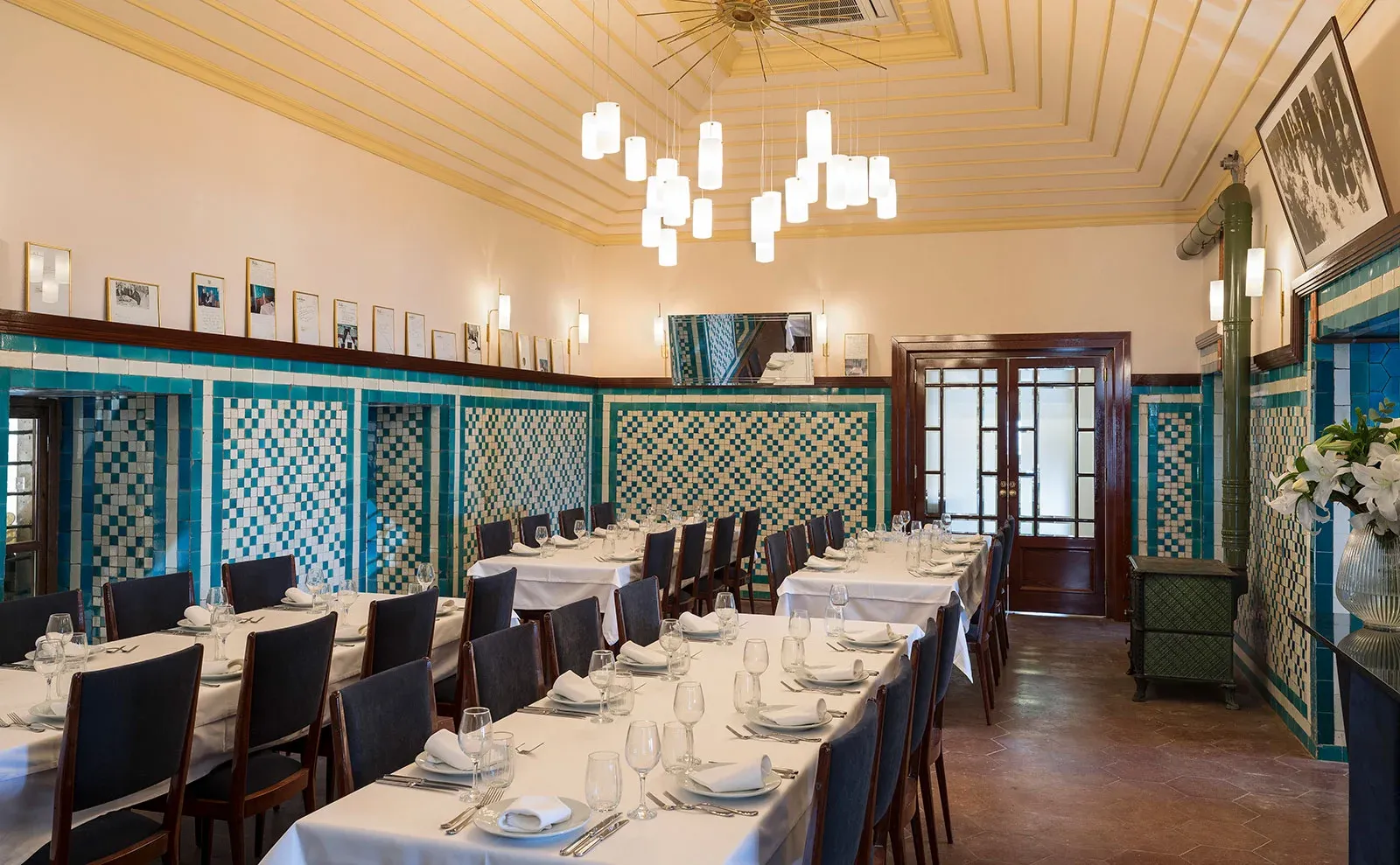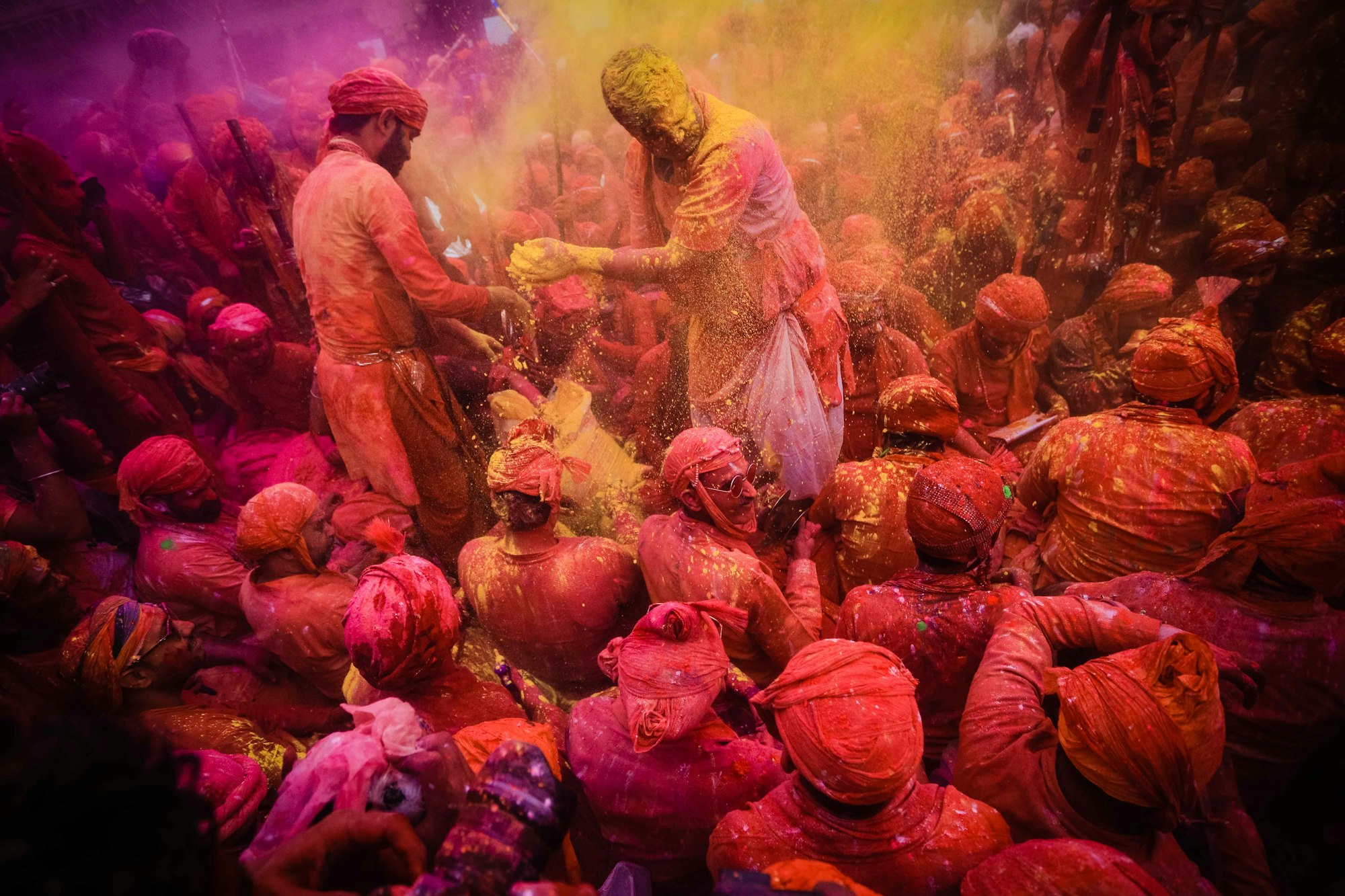What to do in Turkey? ULTIMATE travel guide
What to do in Turkey? From the mountains to the most colorful corners of the country. This is your ULTIMATE guide.

What to do in Turkey? This country has become an attractive destination for hundreds of people around the world. Turkey welcomed an estimated 52.6 million foreign travelers in 2024, with a record tourism revenue of $61.1 billion, making it one of the most popular destinations in the world. Its privileged location, between Asia and Europe, allows people to reach the country easily, on horseback. They also enjoy the fascinating blend of ancient history, stunning landscapes, vibrant culture, and a gastronomic offering rich in flavors.
The most visited sites include Istanbul's Hagia Sophia and Blue Mosque, the fairy chimneys of Cappadocia, the ancient city of Ephesus, and the travertine pools of Pamukkale. But what makes Turkey truly special are the breathtaking aerial views of Cappadocia's Göreme Valley, where hot air balloons take off early in the morning with the sunrise as a backdrop. This spot has become synonymous with magic, but also perhaps Turkey's most attractive tourist destination.
Turkey doesn't disappoint, but there's much more to it than the postcards. It offers hidden gems only locals know about, authentic experiences not designed for mass tourism, and stories that unfold when you slow down and explore in depth. Want to know what to do in Turkey?
Timing your Turkish adventure
Climate
April-May and September-October: Perfect weather, with warm and pleasant temperatures ranging from 18 to 25°C.
Summer, from June to August, is hot and sunny, with temperatures between 25 and 35°C. Ideal for coastal regions.
During winter, from December to February, the weather is mild in the south, with snow in the central regions. Temperatures range from 10 to 15°C.
Should you choose the low season from November to March?
In addition to lower prices, the winter season offers the opportunity to interact with locals. This is when they have more time to chat. Historic sites are almost empty, and this is where you can enjoy the atmosphere and the opportunity to see Turkey as the locals see it. All without the presence of mass tourism.
Beyond the rush
You need time to fully understand Turkish culture. The average traveler spends seven to 10 days on tours. Slow-paced travelers need at least 21 days to immerse themselves in the culture more deeply.
This way you can:
- Build relationships with locals.
- Discover neighborhood rhythms.
- Find authentic experiences off guidebook pages.
- Allow for spontaneous discoveries.
What to do in Turkey? Local Secrets: where Turks go
After exploring Sultanahmet and the Blue Mosque, it was time to go further... through food.
For breakfast: Çiya Sofrası (Kadıköy). It's a legendary restaurant known for serving authentic regional cuisine. Kebab is its specialty, but it also distinguishes itself by preparing a wide variety of Turkish dishes. You can order full plates or half plates, ideal for experiencing more traditional flavors. Blaklava is a diner favorite.
At lunchtime, a restaurant that recently joined the Michelin Guide 2025: Pandeli (Eminönü). It opened in 1901 and has been serving the traditional flavors of Ottoman cuisine ever since. It has served celebrities and royalty, including Mustafa Kemal Atatürk and Queen Elizabeth II.
For dinner, experience the modern flavors of Turkish culture. Güney Restaurant (Karaköy) offers contemporary dishes accompanied by views of the Bosphorus.

Must-see: local hidden gems
Balat
When you begin to explore local neighborhoods without a tour guide, you arrive in Balat. A photographed spot thanks to its colorful houses on Kiremit Street. It's there where you might find other curious travelers, but no mass tourism.
Balat is one of Istanbul's oldest neighborhoods. Large communities of Jews and Greeks live here. The streets are cobbled and steep, and the houses are the main attraction. Some buildings were built 200 years ago, while the more contemporary ones date back 50.
In Merdivenli Yokuş, there are more houses with colorful facades and brightly painted stairs outside a three-story cafe. Here, have a cup of tea and relax while enjoying the authentic and cozy atmosphere. For dinner, go to Molla Aşkı Terası; the panoramic views of the Balat neighborhood are a must.

Princes' Islands: Adalar
It's worth spending at least 24 hours in Adalar. It's known by locals—and foreigners—as a heavenly getaway during the summer. The weather, the flowers, and the friendly locals are simply enchanting.
To get there from central Istanbul, you need to take a ferry, and in less than 90 minutes, you'll be in Adalar. It's recommended to go during the week to avoid the hustle and bustle and fully enjoy the place.
One of the must-see spots is Aya Yorgui Church, also known as the Greek Orthodox Monastery of St. George Koudounas. An ancient monastery that offers spectacular panoramic views. It's open from 10 AM to 4 PM. From central Adalar, you can take a bus, and once you get off, you have to climb uphill for about a kilometer to reach the monastery. Spoiler alert: it's worth it.

Regional gems
Add these sites to your guide on What to Do in Turkey?
- Amasya: A historic town on the river where locals vacation. It was a fortified city perched high on the cliffs above the river. Many generations of the Ottoman imperial dynasty emerged from here.
- Safranbolu: Located in the Black Sea region, this city boasts countless Ottoman houses, as well as works of art that portray and represent local life and Turkish culture. Its history and its preservation led to its designation as a UNESCO World Heritage Site.
- Kaçkar Mountains: If you're looking for mountain adventures, this is your destination. Here you'll find several hiking trails, with mountains reminiscent of the Alps and lakes that look like something out of a fairy tale. The Khaghtik Mountains are a mountain range that rises above the Black Sea coast in northeastern Turkey.

Moving like a local
Domestic flights and tourist buses.
Local options include intercity buses (extremely comfortable and economical), dolmuş (shared minibuses) for regional travel, and, in cities, walking or using the metro.
Download the BiTaksi app for access to reliable urban transportation. Learning your way around Turkish bus stations is a must. You can make local and foreign friends there.
Fortune
Visit the Galata Tower in Istanbul. According to local beliefs, touching its walls and making a wish at the same time is a symbol of good luck. Meanwhile, the Maiden's Tower (Kız Kulesi) has the power to grant love to those who visit it at dusk.
FAQS
What is best to do in Turkey?
Combine must-sees with local experiences. Don't just ask what to do in Turkey, ask the locals what they like about their city.
Is 7 days in Turkey enough?
No. Although to try it out a bit, yes. To understand, no. What to do in Türkiye in 7 days? Choose two or three regions at most and explore more in depth rather than more.
What is Turkey best known for?
It's the main bridge between Europe and Asia; however, its history, culinary offerings, warm hospitality, and diversity are key examples of this destination's popularity.
Do and don'ts in Turkey?
DO: Remove your shoes when entering homes, accept tea offerings, and bargain in bazaars. DON'T: Show the soles of your feet, refuse hospitality, and ignore mosque etiquette.
Is Turkey cheap to spend?
Moderately priced to budget-friendly destination. Local transportation and food are affordable. Accommodations vary considerably depending on location and season.






